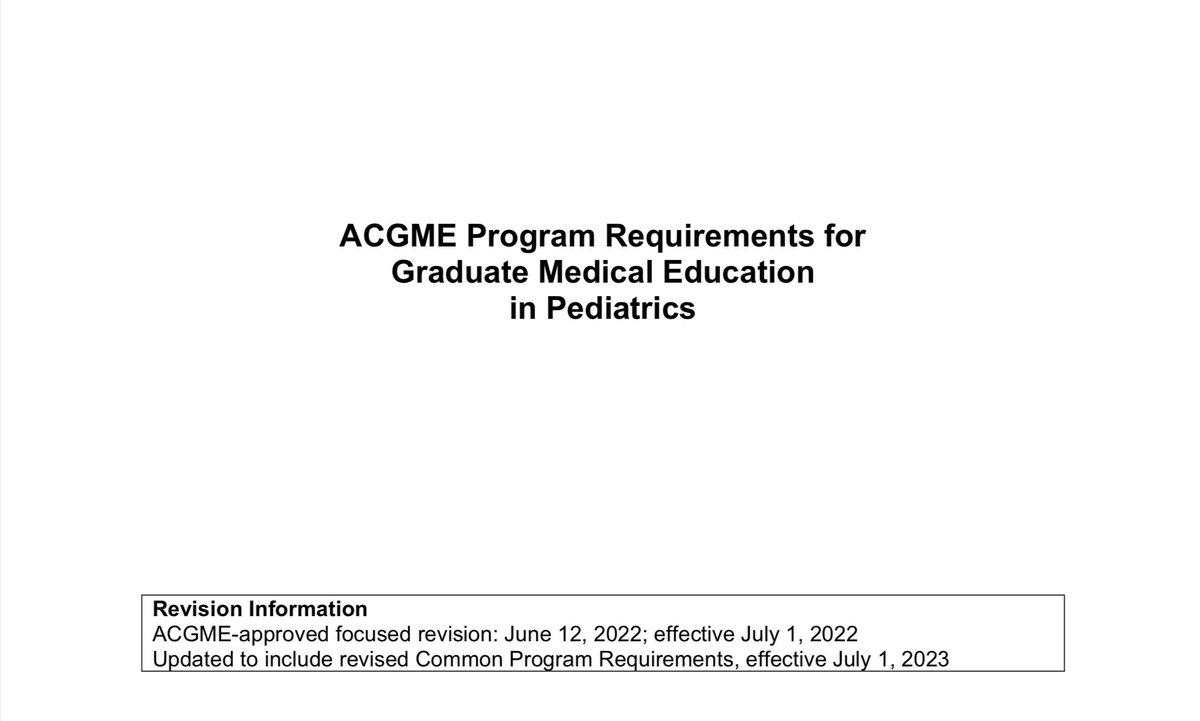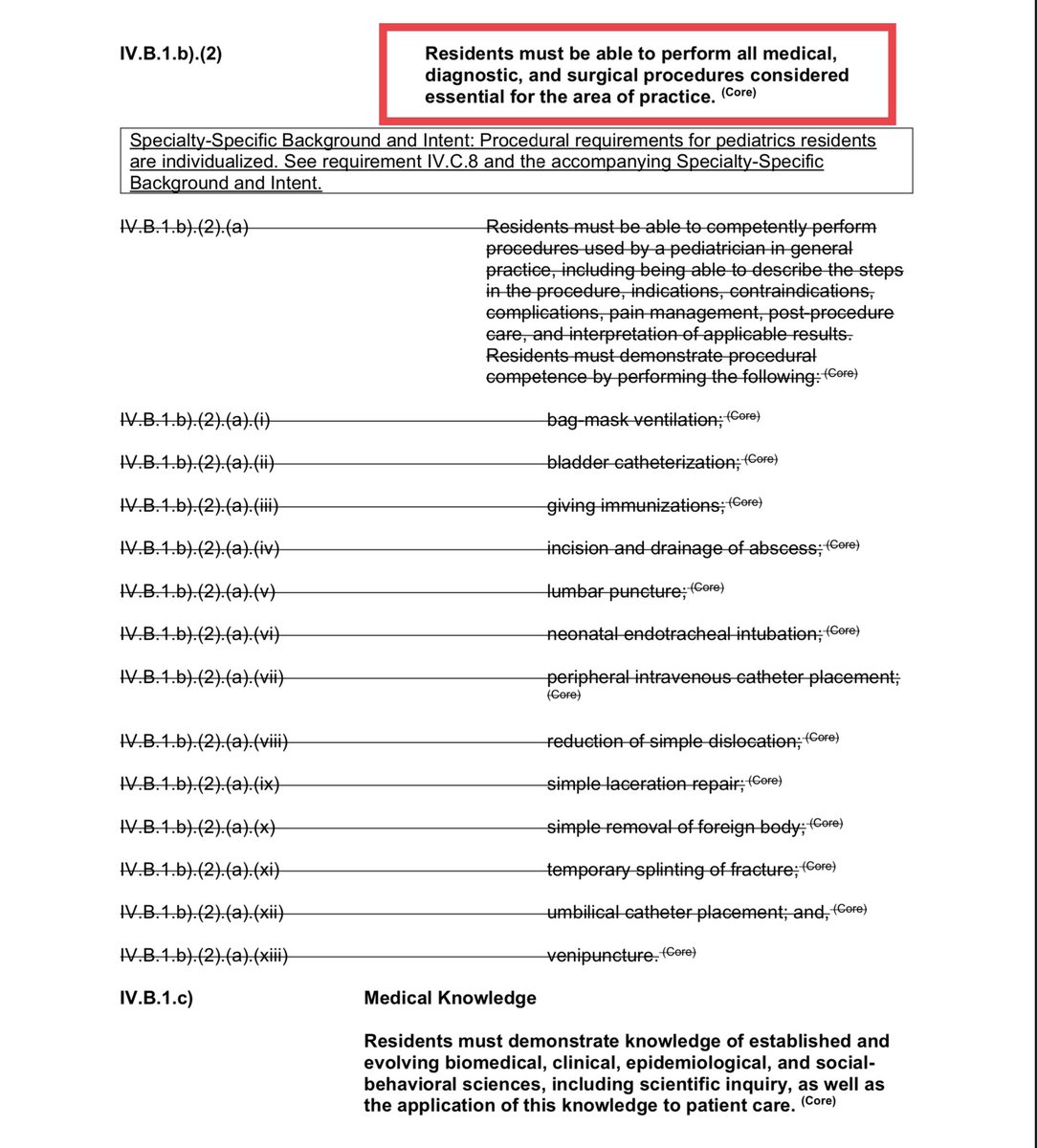
I wasn’t done with my rant when I ran out of Tweets in my thread.
But I think this is shameful.
But I think this is shameful.
https://twitter.com/jbcarmody/status/1635317245420371969
At least say something like, “In response to student concerns that the existing algorithm advantaged programs [Williams reference], the NRMP Board commissioned a study…”
At least honor the man’s courage and perseverance with a single superscript notation of his work!
At least honor the man’s courage and perseverance with a single superscript notation of his work!
It wouldn’t diminish the thrust of the article in the least.
In fact, it would provide tangible evidence of the NRMP acting upon concerns from the community, rather than pretending as if the infallible wisdom of their Board simply prevailed and led them to do the right thing.
In fact, it would provide tangible evidence of the NRMP acting upon concerns from the community, rather than pretending as if the infallible wisdom of their Board simply prevailed and led them to do the right thing.
And it would be consistent with the historical record… which is kinda important when you’re celebrating and immortalizing your organization’s history.
(For the record, I personally reached out to two authors on this paper to discuss this issue… both declined to respond to me. I gotta say, the unwillingness to discuss, defend, or even engage about your own academic work was also disappointing.)
So even though @TheNRMP won’t, I urge everyone else in #Match2023 to take a moment to thank Dr. Williams for his part in ensuring that we have the applicant optimal matching algorithm that we have today.
His courage and advocacy should be an example for all of us.
/end
His courage and advocacy should be an example for all of us.
/end
Oh, and if you’d prefer a video version of this story to watch (or share with others), I’ve got one here:
The Match, Part 3: On marriages and matching
The Match, Part 3: On marriages and matching
• • •
Missing some Tweet in this thread? You can try to
force a refresh















